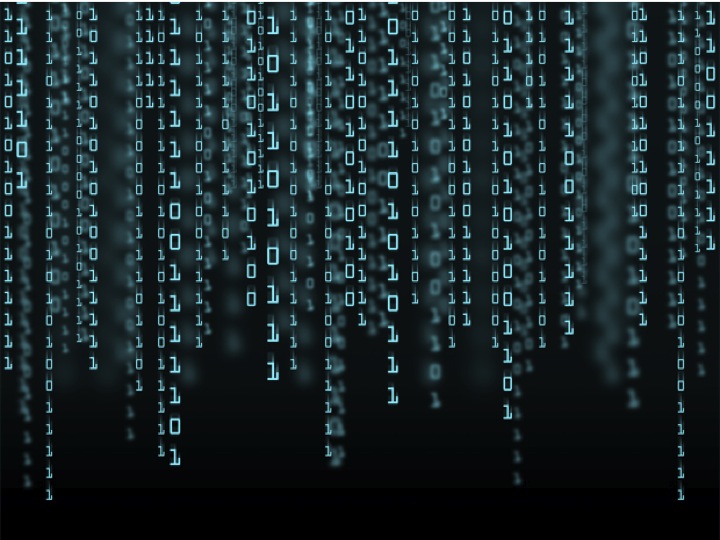..  ki·net·ic – adjective – of or relating to the movement of objects. Active, lively, dynamic, energizing.
ki·net·ic – adjective – of or relating to the movement of objects. Active, lively, dynamic, energizing.
It’s a new world. A world living online driven by mobility, cloud, and big data. The problem is that the way that these huge storage repositories we call data centers handle a world of photos, videos, blogs, news, tweets, updates, comments, (you name it) is antiquated. It’s old, expensive, and let’s face it, limiting in this new day and age.
Addressing the Challenges
Technology companies new and old together with data center operators at both large enterprise customers and cloud service providers alike recognize the dilemma. They are attempting to address the challenges of performance, cost, and scale head-on with new approaches like software-defined storage and open source solutions. Software-defined storage and open source solutions from the likes of companies like SwiftStack and Basho are taking advantage of a better way to approach data – as objects. “In this world, objects (information) are written, read and deleted but never modified,” says Ali Fenn – Sr. Director of Seagate’s Advanced Storage Group. “Increasingly, systems and data centers are designed for capacity rather than performance. Tiering and distribution have become imperative. Analytics have become both routine and essential—on demand, in real time, across any dimension and any heat of data.”
Ethernet Everywhere
What’s more, Ethernet has become the default interconnect of data centers and application traffic. It has become the backbone of not only the network, but the storage infrastructure that makes up a scale-out data center evidenced by the growth of virtualized servers and desktops and incredible growth of cloud services from the like of Amazon, Microsoft, or Rackspace.
Scale-out instead of up
Some forecasts predict a 50% to 80% compound annual growth rate (CAGR) in scale-out file and object-based storage (FOBS) through 2017. Such growth is driven by the increasing prominence of mobile, social, cloud computing and big data. These applications rely on data that is primarily unstructured (or semi-structured), and easy and inexpensive to create. Adoption of FOBS solutions is driven by 4 key trends in the data center space:
- DIY storage – end customers increasingly are designing their own solutions.
- IP-based connectivity – the network is the pipe of choice for talking to storage.
- File servers are shrinking – businesses are moving to purpose-built platforms.
- Archive market is booming – specifically Public cloud and private cloud data archive.
The combination of these factors not only redefines the storage stack, but also storage devices and interfaces. For scale-out data centers to cost effectively meet the demands of the mobile, social, cloud world rooted in unstructured data, we must figure out a way to strip out the layers of inefficiency from old architectures and introduce a new approach optimized for data centers powering a more mobile and social world.
Leveraging an Ecosystem of Partners
Seagate isn’t waiting for someone else to solve this problem. Leveraging an ecosystem of partners within our Cloud Builder Alliance, we’ve come up with a better way to approach not only storage device design, but entire storage architectures that enables significant gains in performance, manageability and total cost of ownership(TCO).
It’s called the Seagate Kinetic Open Storage Platform.
For more information, check out the Developers Wiki and Drive Simulator Code









[…] talking about Seagate’s Kinetic Open Storage Platform: part storage device, part Ethernet, part Key/Value API, and part software development. […]
[…] In the new world, we need a storage platform that is more kinetic […]
[…] In the new world, we need a storage platform that is more kinetic […]
[…] In the new world, we need a storage platform that is more kinetic […]